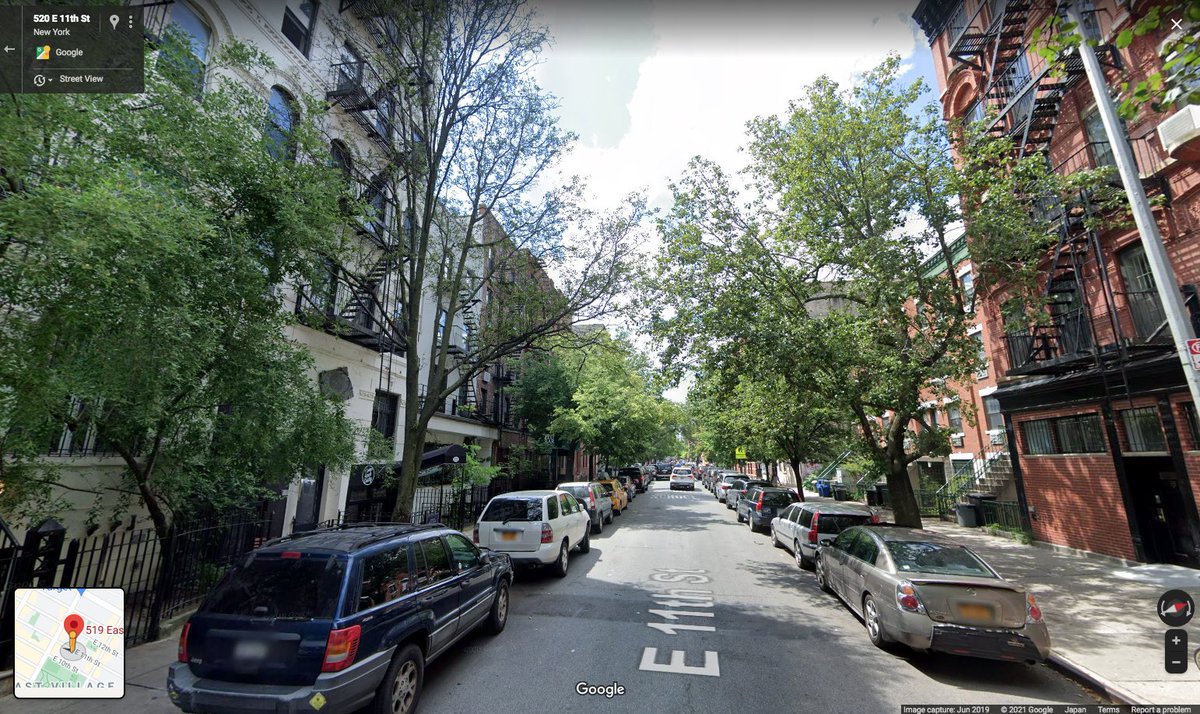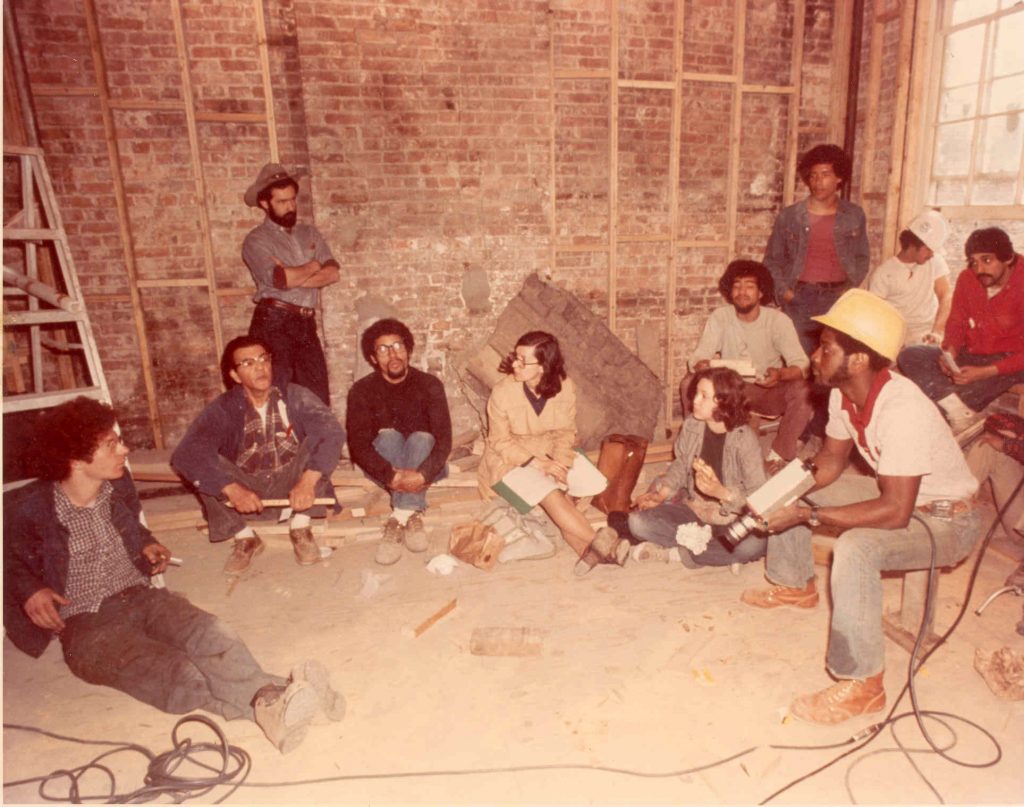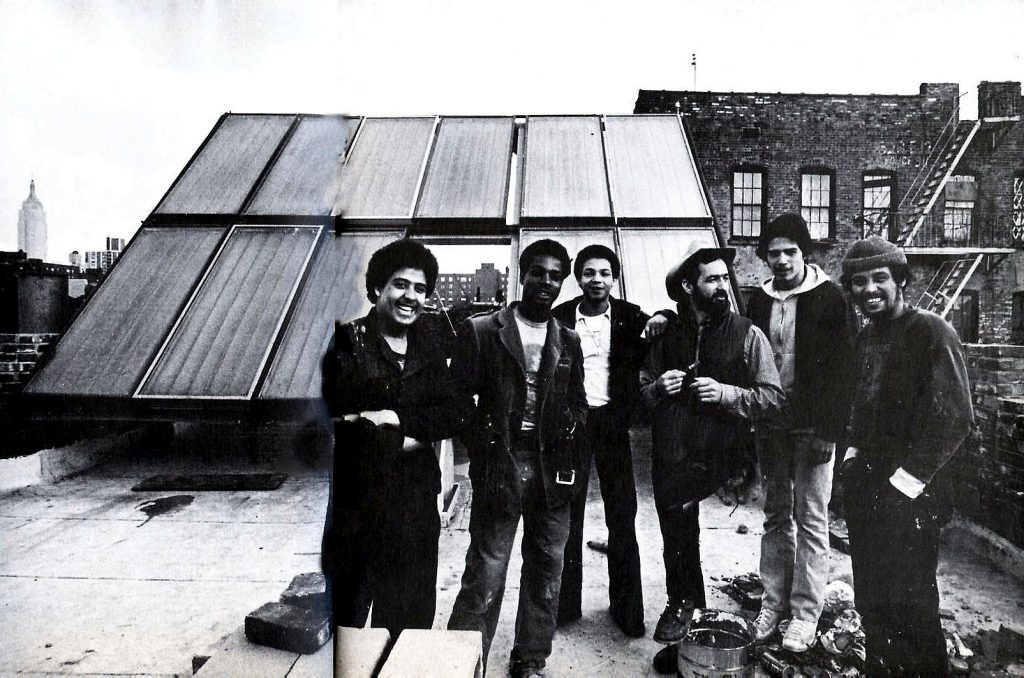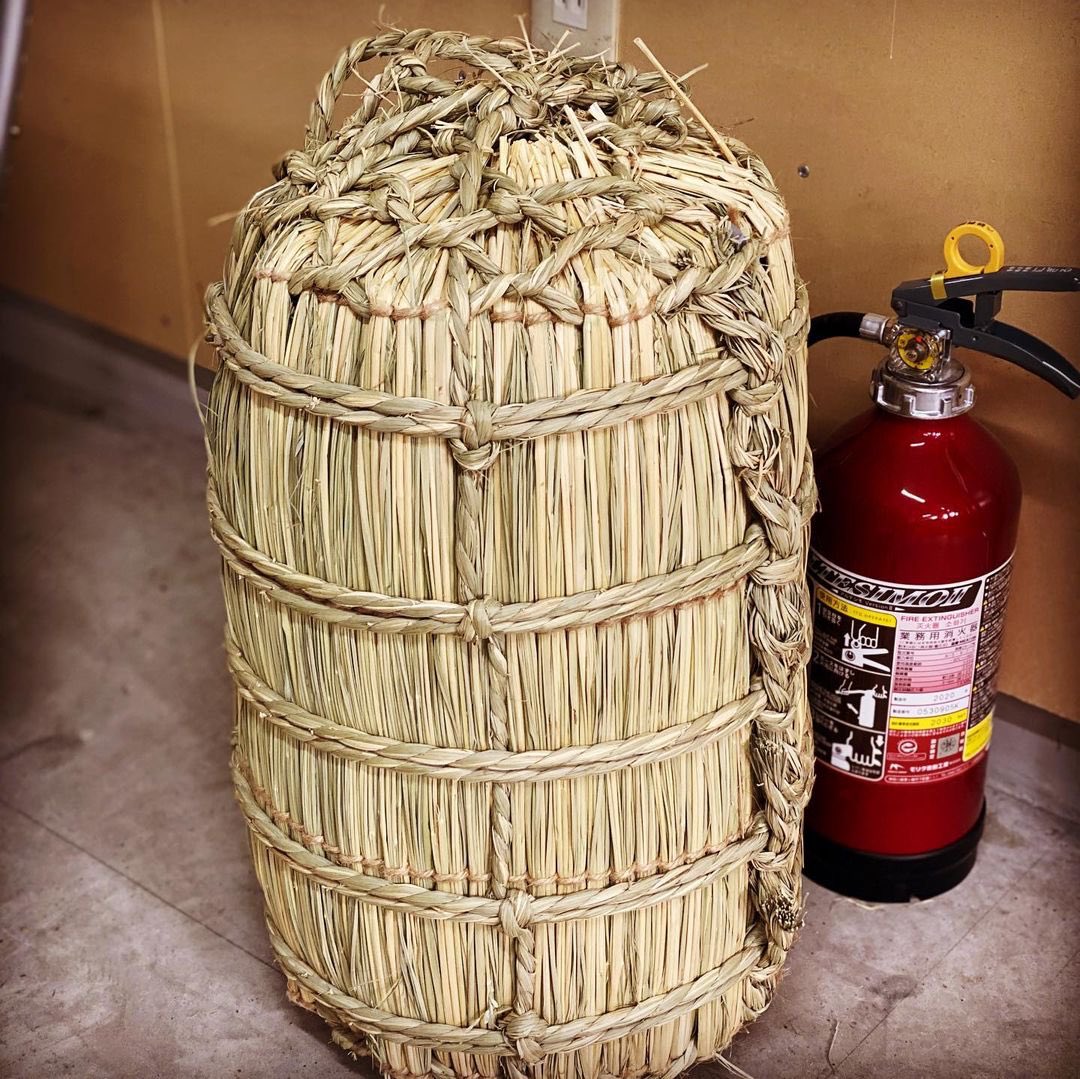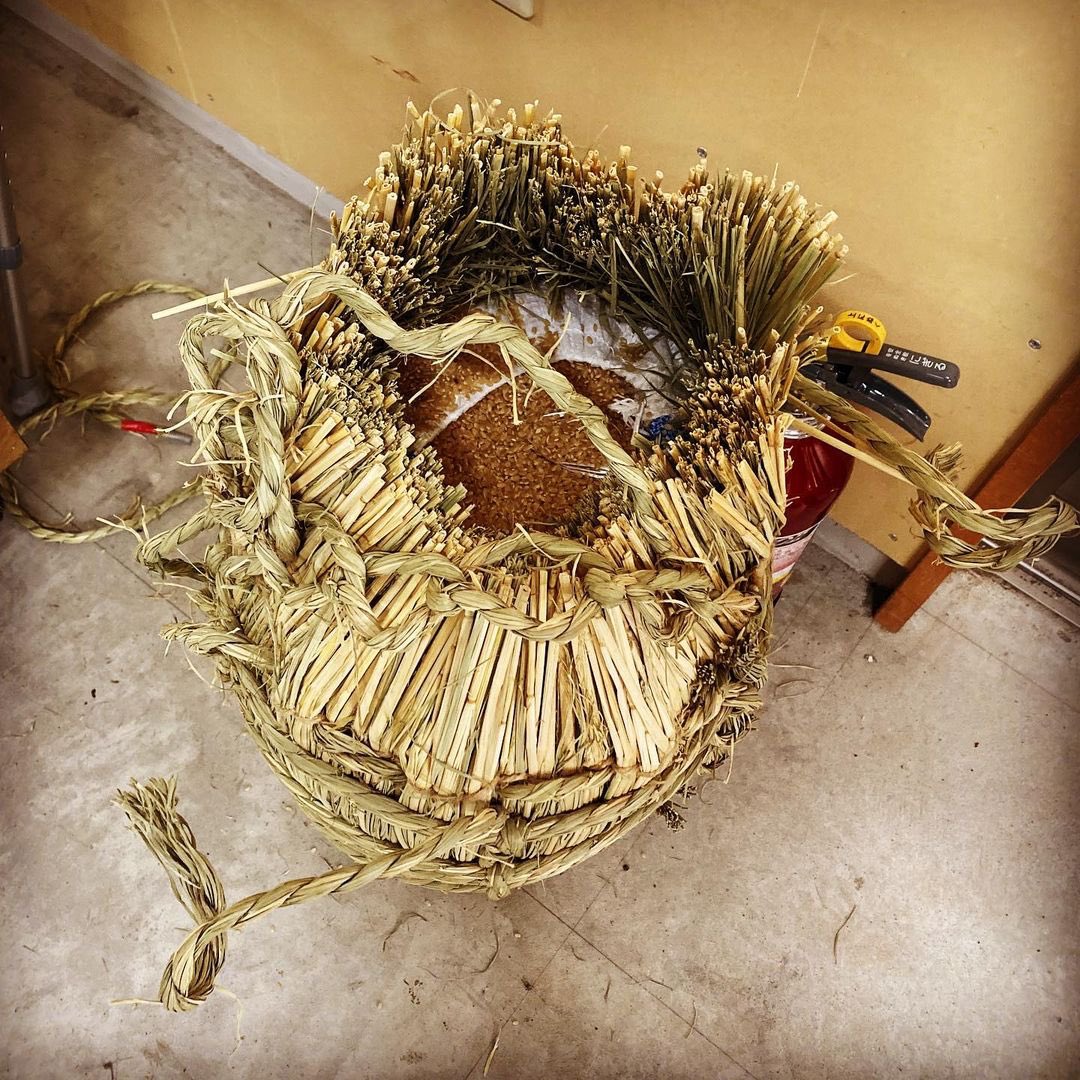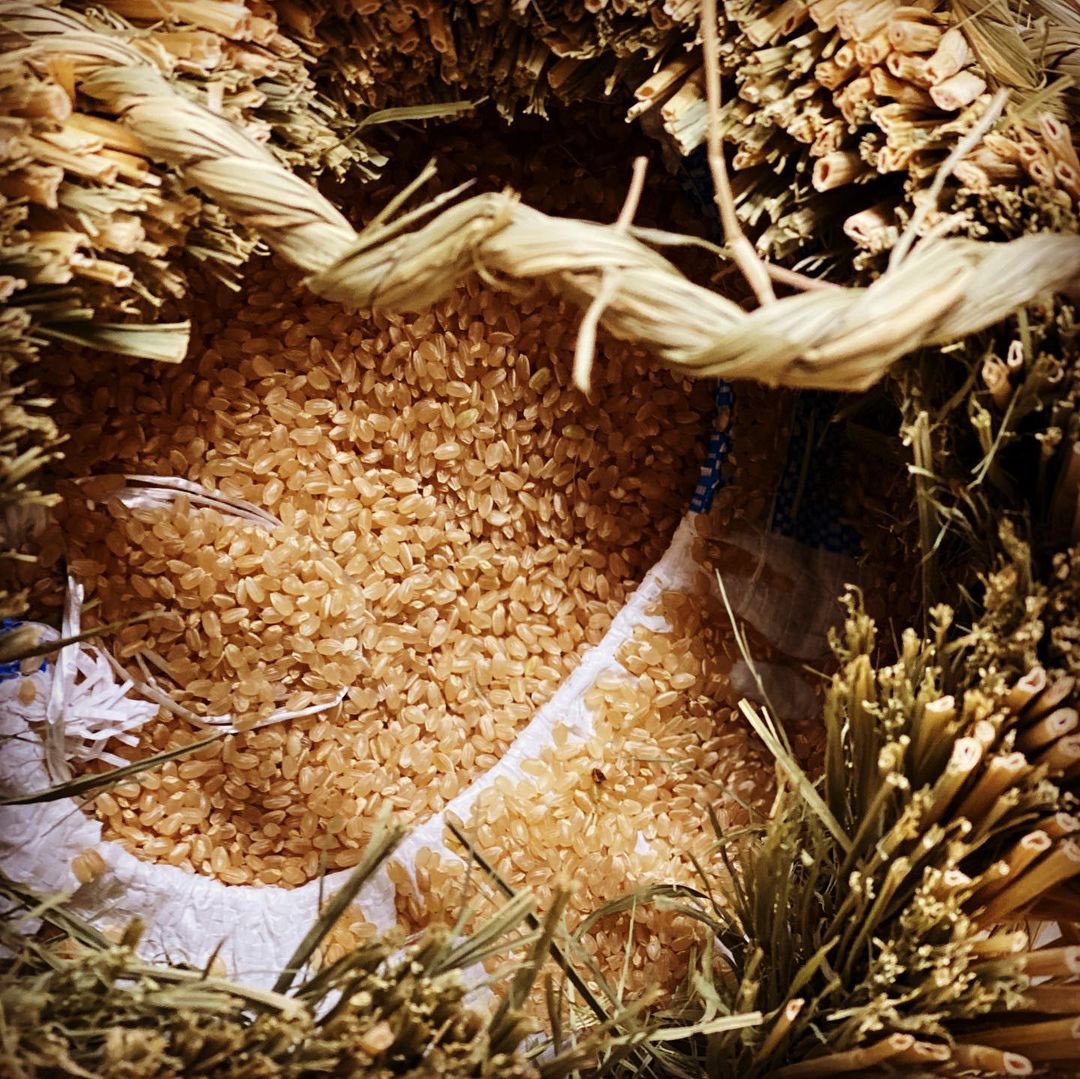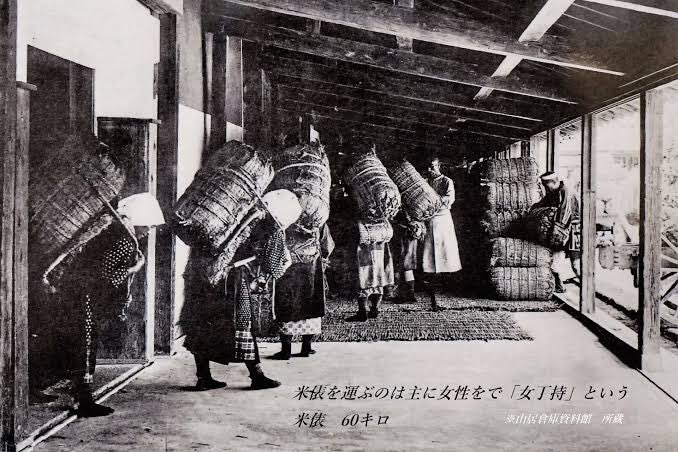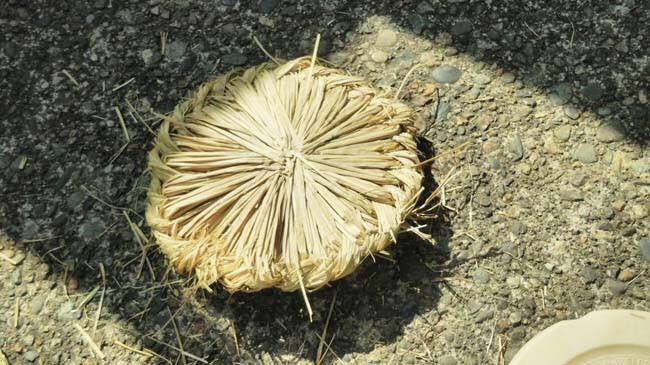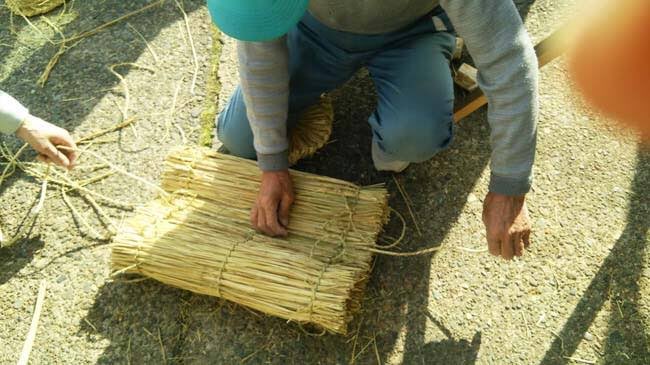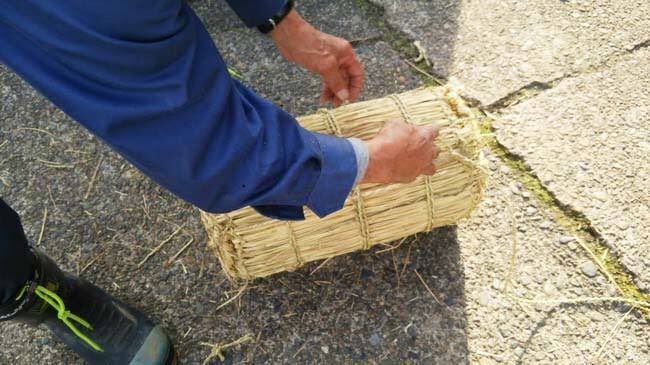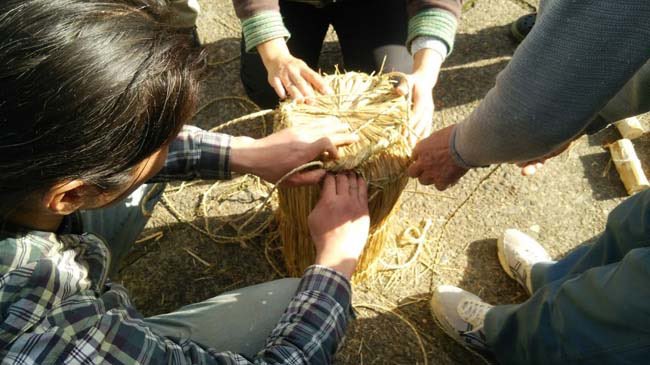
Everyone is into architecture, and everyone is into sustainability right? Hereby announcing a new worldwide annual architecture competition: "A home for a thousand years". Entrants will be judged on how likely they are to be still around in a thousand years time. Meet the judges: 



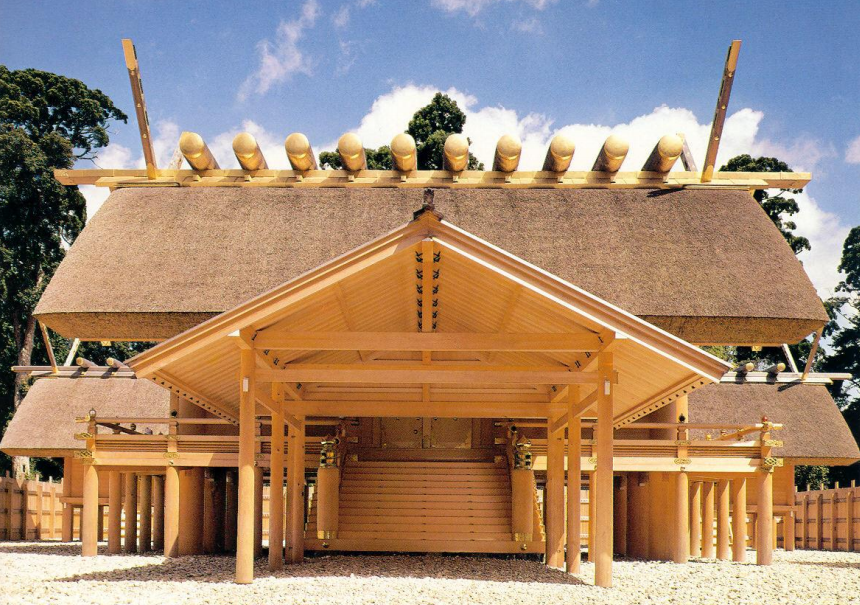
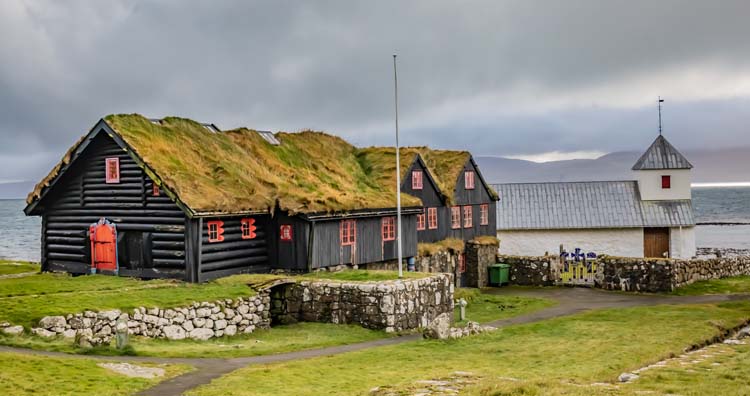
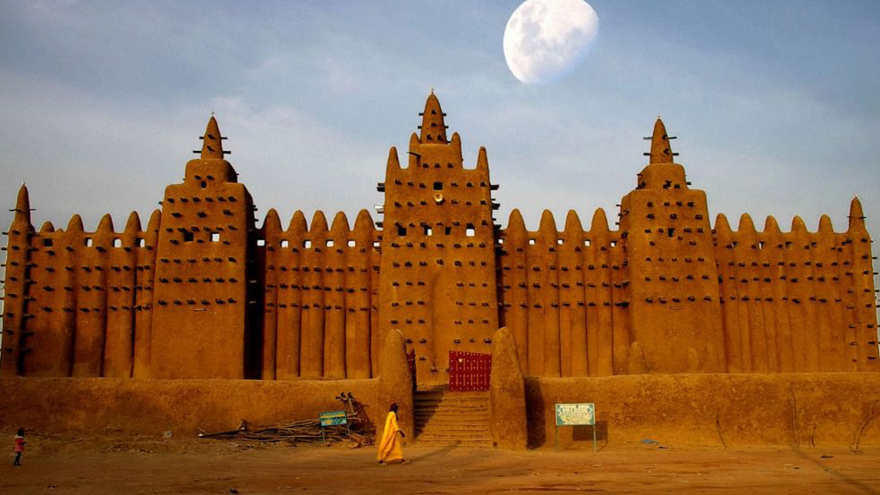
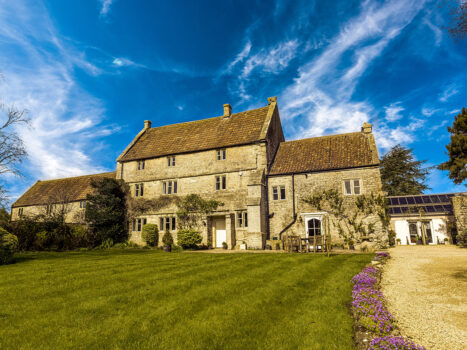
Criteria (pending):
1. How likely is it that the materials the house is made of will still be around in a thousand years: will the original materials last, or if a complete replacement needed, will it be available?
1. How likely is it that the materials the house is made of will still be around in a thousand years: will the original materials last, or if a complete replacement needed, will it be available?
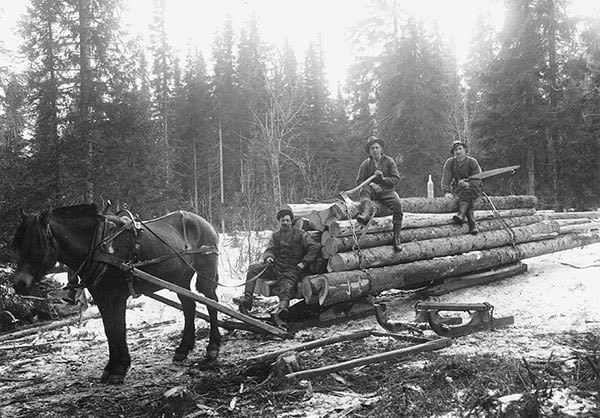
2. How likely is it that the skills needed to build and maintain the house will be passed down each generation for around 30 generations? How likely is it that the necessary tools, and the knowledge to use them, will still be around? 
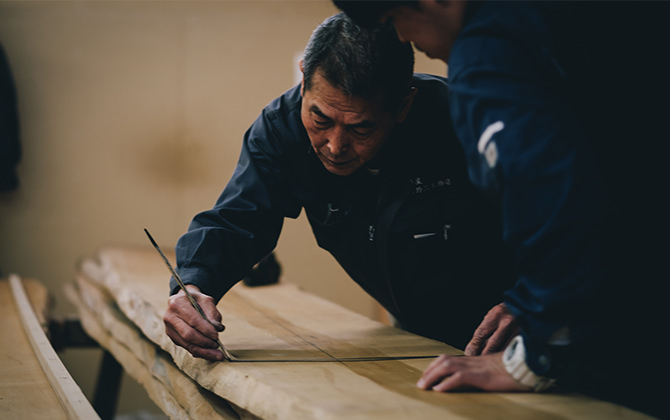
3. How likely is it that the house will still be useful in 1000 years? Can the house be expected to adapt well to changing fashions, industries, lifestyles, climates, weather patterns? 
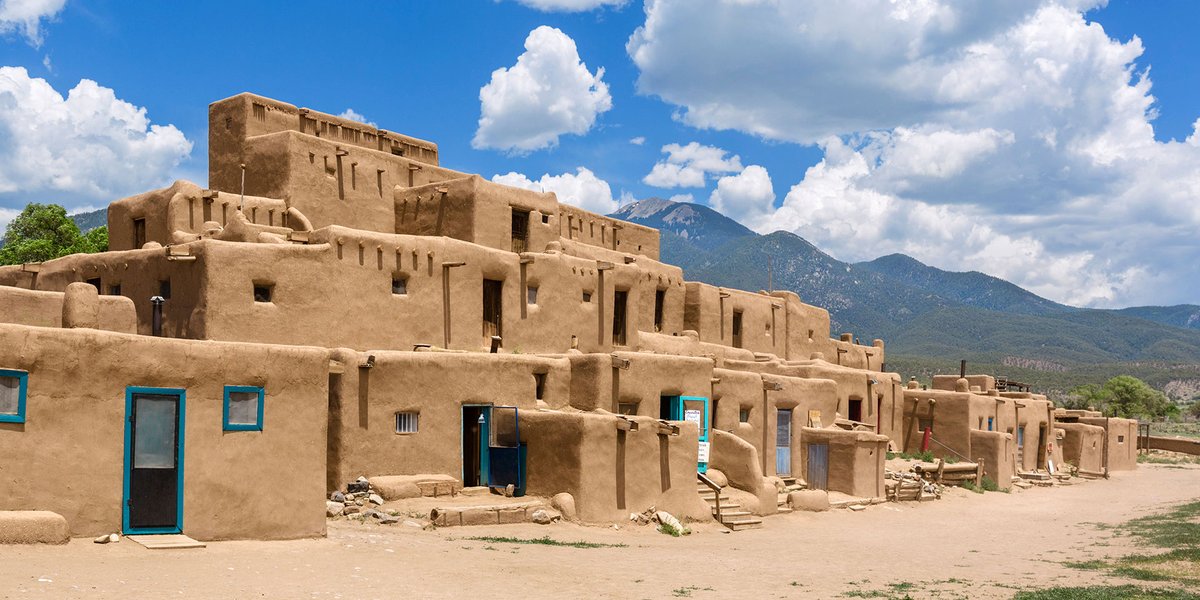
4. How likely is it that people will want the house to still be around a thousand years from now? Will it speak to them? Will it charm them enough to fight for its survival? Will it inspire the people who live in it or nearby to keep living? Is it beautiful enough? 

I am just a small anon account so I am ready to hand this over to any larger org with the know-how and the funding to make it happen. UNESCO maybe? The Nobel Committee? University of Bologna? Any royal family aiming to still be around ca. 3021?
• • •
Missing some Tweet in this thread? You can try to
force a refresh





